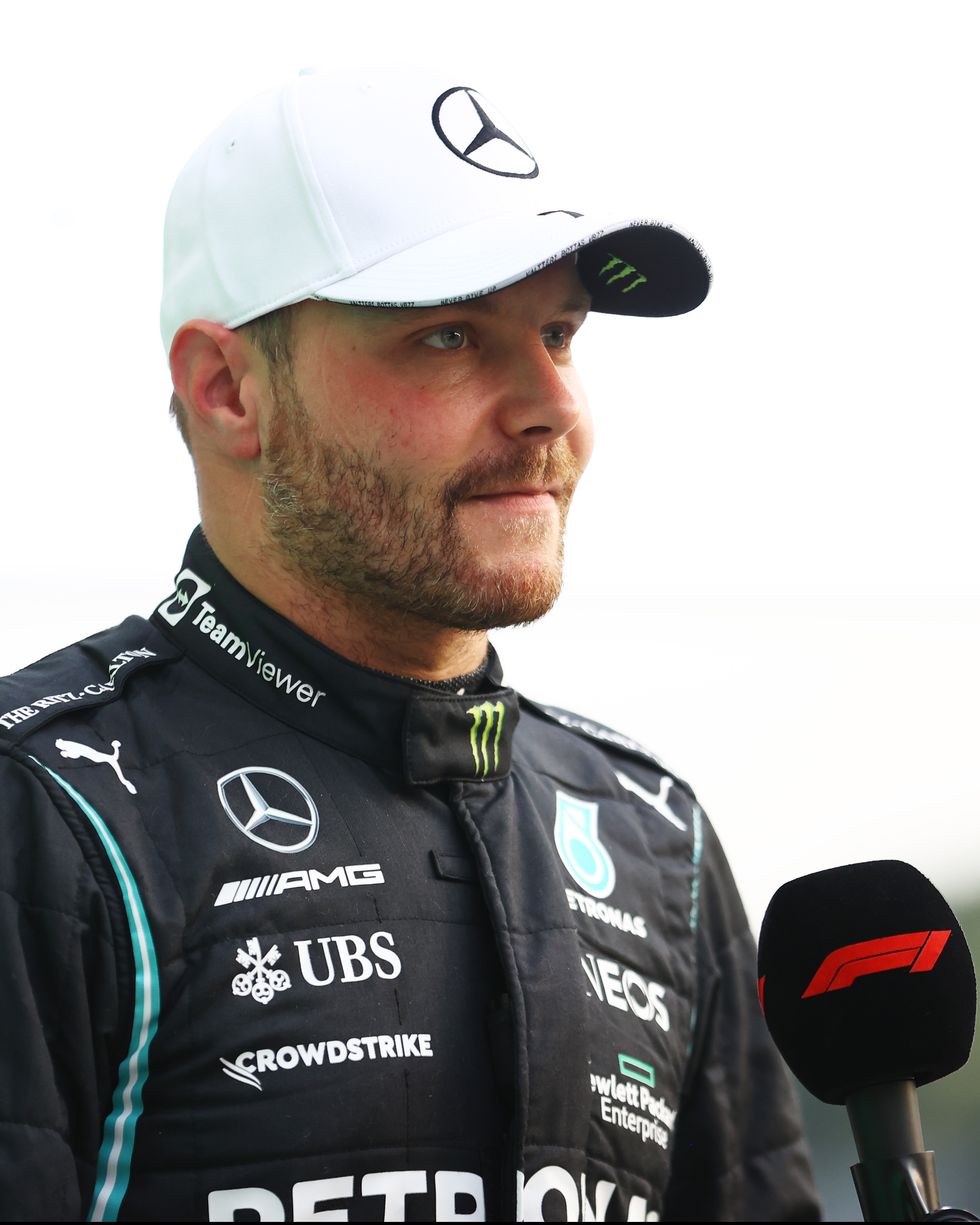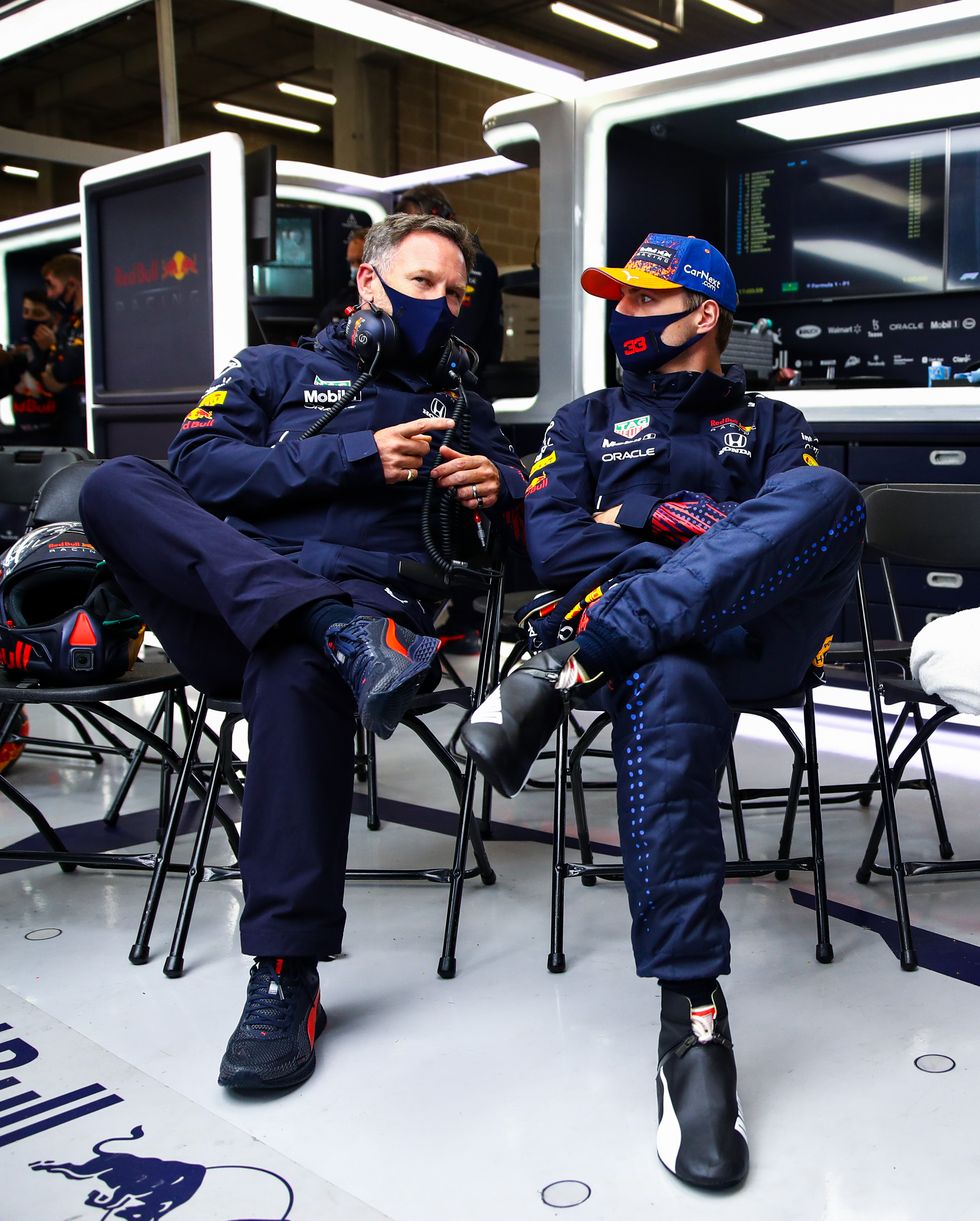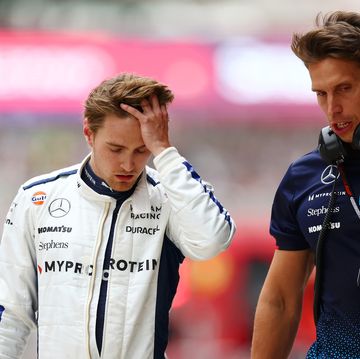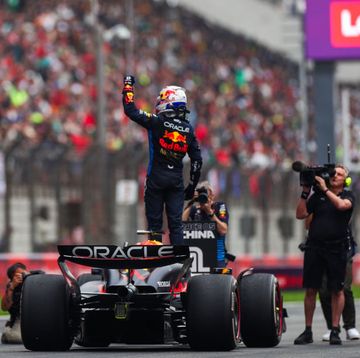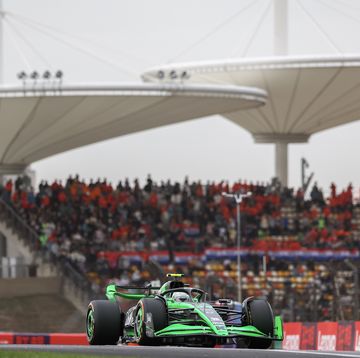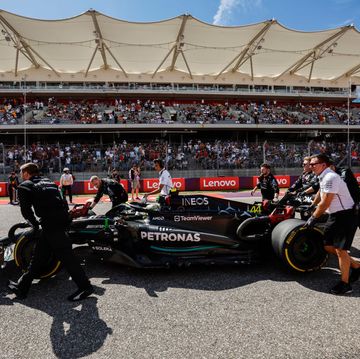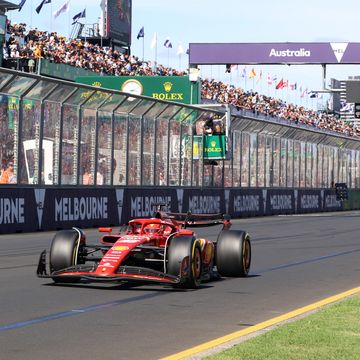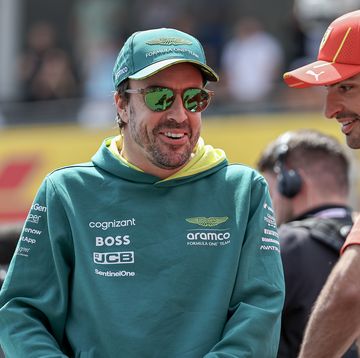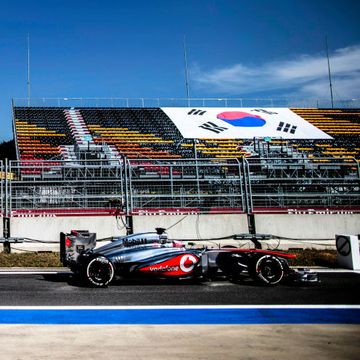- Under Formula 1 regulations, each driver is only permitted three power units per season before taking a penalty that relegates them to the back of the starting grid.
- Championship contenders Max Verstappen and Lewis Hamilton are each on their third and final allotted power unit.
- Ahead of round 13 of 22 scheduled races, every driver on the grid has utilized their permitted allocation of engines, meaning they now have to strike a delicate balance.
With nine of the scheduled 22 races remaining in the 2021 Formula 1 schedule, Max Verstappen and Lewis Hamilton are separated by only three points.
They will start Saturday’s Sprint qualifying race at Monza—Formula 1’s format shake-up qualifying system making its second appearance—from third and second on the grid, respectively.
The driver who will start Saturday’s Sprint from the pole position, based on the top lap speed in Friday’s qualifying session, already knows that he’ll be lining up for Sunday’s main Grand Prix from 20th and last—even if he ends up winning the 18-lap Sprint race that will be used to set the grid.
That’s because Mercedes has made a strategic call to equip Valtteri Bottas’ W12 with a fourth power unit of the season. Under Formula 1 regulations, each driver is only permitted three power units per season before taking a penalty that relegates them to the back of the grid. Teams have to balance reliability and performance through the course of the season. And already some are running into issues.
Bottas isn’t the first driver to do so nor the first front-runner. Red Bull fitted Sergio Perez’s car with a fourth power unit at the preceding event at Zandvoort, taking the hit after a bad qualifying in which he was only 16th. Red Bull knew Perez would face a drop at some point after his power unit was damaged in the first-lap chaos at the Hungaroring, and bit the bullet after his Q1 dropout. From his 20th starting spot, he recovered to finish eighth. Bottas will have to adopt a similar surge on Sunday at Monza.
“I’m sure we can get some strong points on Sunday,” Bottas said. “Hopefully we can do something differently, coming from the back, so it should be a nice battle.”
With Perez already having taken the hit, and Bottas poised to do so for Sunday’s race, attention inevitably turns to their respective title-contending teammates.
Verstappen and Hamilton are both on to their third and final permitted power units of 2021. Verstappen’s third unit was installed in Hungary, following damage to his previous component in Britain, when he collided with Hamilton. Mercedes installed Hamilton’s third power unit in Belgium.
Verstappen is used to engine grid penalties, after problems when Red Bull was partnered by Renault, while Hamilton faced a costly one in 2016. That year in Belgium Hamilton took a penalty and finished third in a race won by then teammate Nico Rosberg. That gave Rosberg an extra 10 points and while multiple factors dictated the outcome that year it was Rosberg who went on to win the championship by just five points.
Ahead of round 13 of 22 scheduled races, every driver on the grid has utilized their permitted allocation of engines, meaning they now have to strike a delicate balance. They can rotate between the three they have in their pool but risk running a degrading power unit more prone to encountering a failure. Or they can tactically decide where and when to take on a fresh power unit while suffering the hit of a recovery job. There may, for example, be a race where so many drivers take a penalty that its effect is reduced. At Monza in 2015, six of the 20 drivers took the hit.
“I think we are all struggling on power units,” Mercedes boss Toto Wolff told broadcaster Sky Sports F1. “Maybe not only reliability but also how these power units work hard and how they’re degrading. If you have one DNF it takes the other guy four races to catch up and that’s brutal, so you can afford to finish four times in second and therefore you just need to play it safe whilst not giving up performance.”
Mercedes and Red Bull at least have the advantage that they hold a considerable performance buffer in race trim over their opponents. They were the only teams to finish on the lead lap at Zandvoort while two races previously at the Hungaroring a tactical blunder left Hamilton at the back, from where he recovered to third. But despite this they know they are limiting short-term potential for long-term prospects whenever the engine is taken.
“There’s a whole bunch of what-if scenarios, it’s a case of when you pull the trigger, there’s no clear plan,” conceded Red Bull boss Christian Horner. “You certainly want a track you can overtake at.”
Where and when new engines are taken could be a defining outcome of this year’s title fight.

